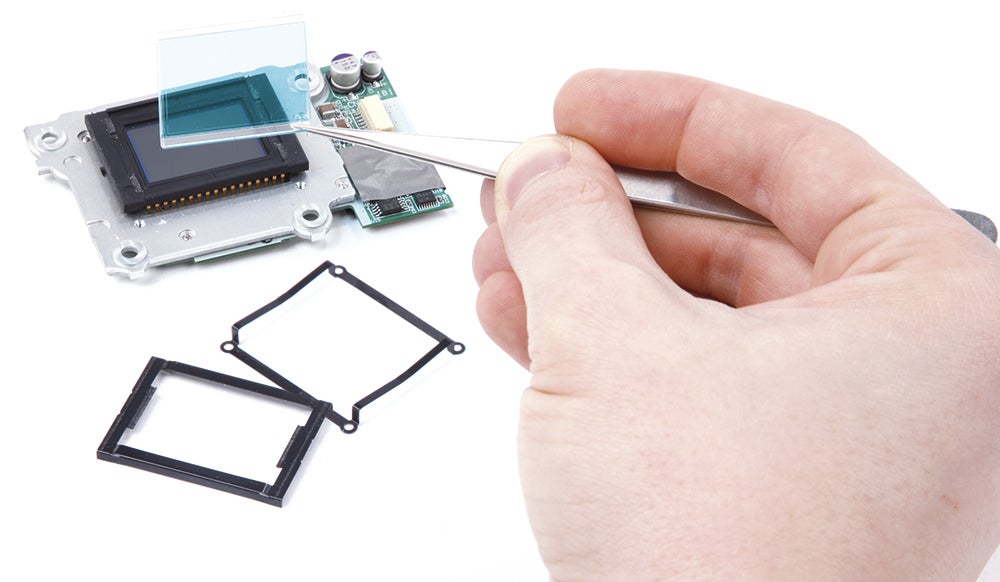In this article, we look at the Infrared filter, providing a guide to what it is for, and how it works
The infrared filter exists in various specifications and forms for a multitude of applications. It is also commonly misnamed. You may think you don’t have one, but the chances are very high that the infrared filter is built in to your camera to start with.
So what is ‘infrared’? This is light categorised as extending from the red end of the light spectrum where it becomes invisible to the typical human eye, at around 700 nanometres wavelength and greater. At very long wavelengths, infrared light can be used for thermal imaging.
So why is invisible infrared light relevant to photography? For a start, digital camera sensors can ‘see’ infrared light, so if you want to record a natural view of your subject, you need an infrared filter to filter out infrared light. If too much infrared light gets through, effects such as reduced contrast, unnatural colour tone and other image-quality problems are introduced. This is why cameras usually incorporate an infrared filter or ‘hot mirror’ in front of the image sensor.
You may think you need an infrared filter if you would like to shoot in infrared. In fact, so-called infrared filters, sometimes called R72 filters, which enable some unmodified digital cameras to shoot infrared – albeit via very long exposures – actually block out most visible light apart from infrared. The best way to shoot infrared with a digital camera is to replace the standard infrared sensor filter in the camera with a clear glass filter or a less powerful infrared filter. If the former, you will be able to use a selection of different-strength infrared filters fitted to the camera lens according to the type of infrared photography you are interested in, be it near-infrared false colour photography or black & white infrared photography.





